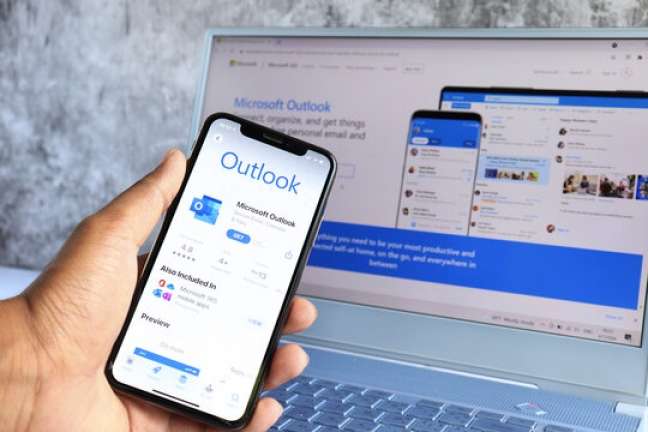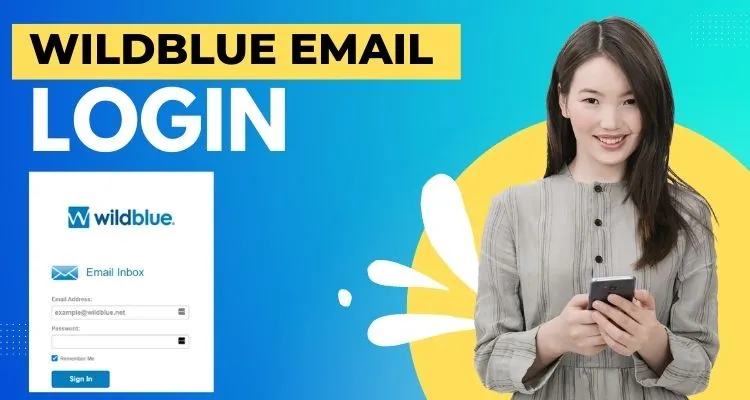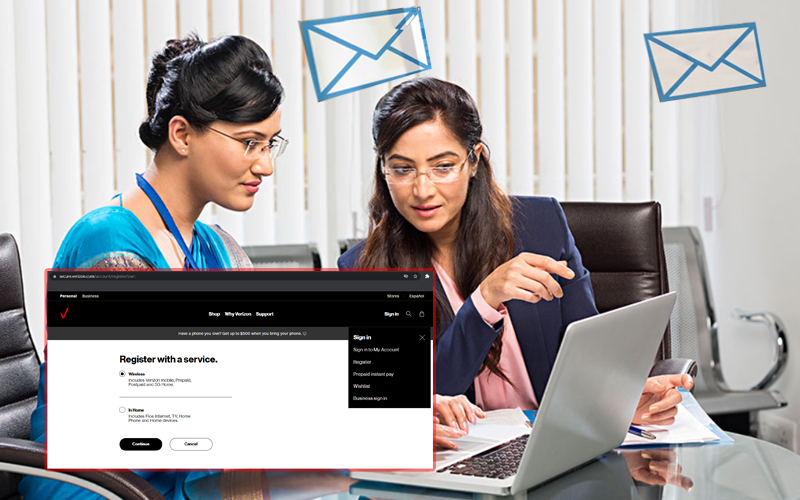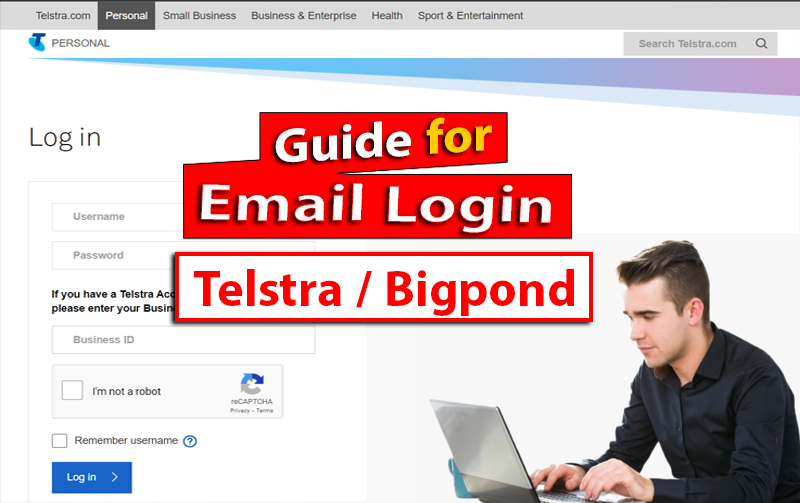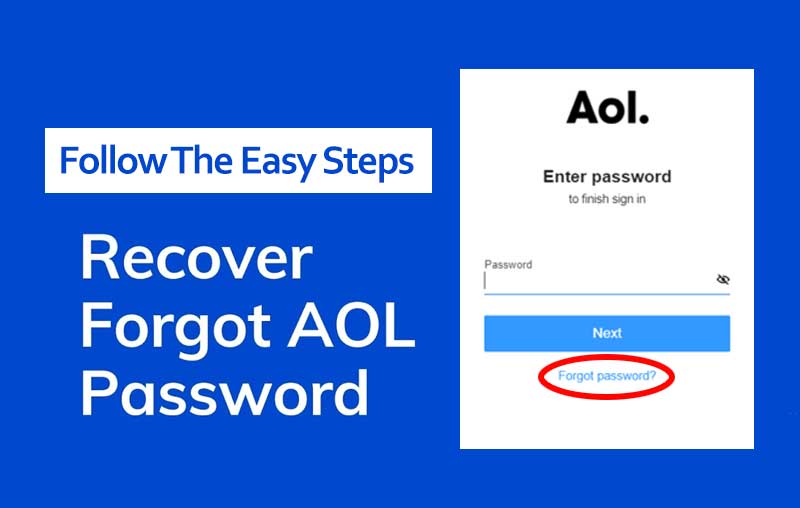E-mail communication is one of the most important aspects of any business. It is a quick and easy way to stay in touch with clients, customers, and other businesses. But too often, emails are sent without properly thinking about them. This can lead to misunderstandings and even problems in the business relationship.
A well-crafted e-mail can make a big difference in the success of your business dealings. However, it takes time and effort to learn how to write effective emails. The following guide will help you to understand the basics of e-mail communication with a special focus on preheaders and their significance. Did you know that there are many underappreciated segments of e-mail tools that can significantly improve your business communication? In this guide, we will go over email preheaders and how to use them.
What are the email preheaders and what do they do?
Email preheaders are short snippets of text that appear before the subject line in an email notification. They are often used to provide a summary of the email’s content. Email preheaders can be used to tease readers into opening an email, or they can be used to provide information about how to unsubscribe from a mailing list. Another benefit of using preheaders is that they can be effective for better open rates if they are properly crafted. Having an increase in open rates can lead to more leads and more conversions for your business.
How can you use email preheaders for your business?
Business communication is extremely important for developing relations and partnerships. There are a few things that you can do to make the most of email preheaders for your business:
- In the subject line, but the main point or topic of the email so that readers can quickly see what it is about.
- If you are sending an email blast, include information in the preheader about how to unsubscribe from the mailing list.
- Use the preheader to tease readers into opening your email. You can summarise the content of the email, or even create a call to action.
- Make sure that your preheader text is well written and error-free. Typos can be very unprofessional and can turn readers off from opening your email.
By following these tips, you can make the most of email preheaders for your business. They provide a great opportunity to summarise the content of your email and to encourage readers to open it. As always, make sure that your emails are well-crafted and error-free so that you can make the best impression on your recipients.
Read More: 4 Better Management Tips For A Small Business Owner
How to write effective email preheaders
Now that you understand the basics of email preheaders, it’s time to learn how to write them effectively. When writing a preheader opening, make sure that the text is brief and to the point. Summarise the content of the email clearly and concisely, and make sure to use action words to encourage readers to open the email.
When it comes to using action words it is important to be able to attract the attention of your reader. Use words such as “free,” “new,” “exclusive” and other similar words to peak the interest of the reader. You can also use humor or a sense of urgency to get people to open your email.
Another thing to keep in mind is that preheaders should be written in a way that is consistent with the tone and style of the rest of your email. If you are using a light and humorous tone, make sure that your preheader reflects this. On the other hand, if you are using a more formal tone, then make sure that your preheader is consistent with this.
Writing a good header can take some time and it might even need special attention and additional research. Especially for people who are ‘new to the craft’. To simply put it, a good preheader can be treated as an interactive subtitle that has an integrated call to action to the readers implying they engage in content and open the email they received through the subscription service.
Including an accurate and well-crafted preheader in your email can be the difference between someone opening your email or not. By summarising the content of your email and using action words, you can encourage readers to open your message. Make sure to write your preheaders in a way that is consistent with the tone and style of the rest of your email, so that recipients know what to expect. As with everything in life, practice makes perfect, so take some time and try writing effective preheaders (and overall structured e-mails) to develop your business communication skills, and you will be seeing the benefits in no time.





